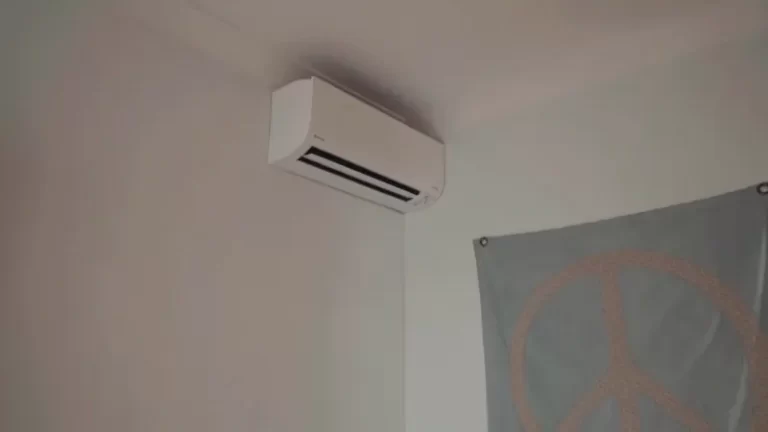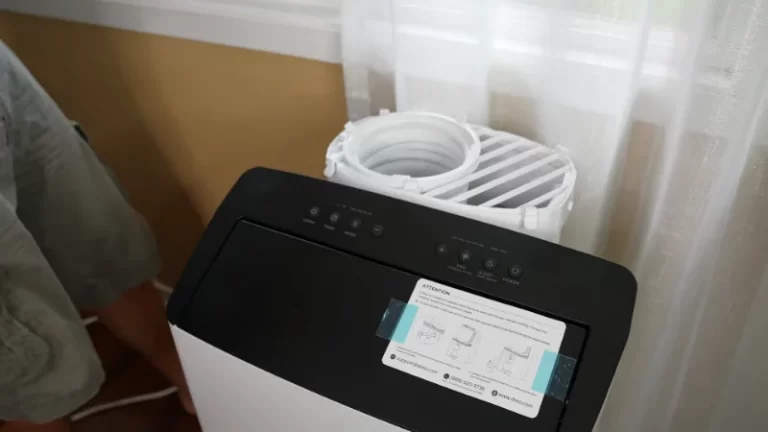7 Common Refrigerator Repair Problems – Solutions
Refrigerators play a crucial role in modern households, preserving our food and drinks and keeping them at safe temperatures. But like any other home appliance, refrigerators are not immune to problems and can malfunction at times.
Understanding common refrigerator repair problems can help us diagnose and solve these issues promptly. In this article, we will discuss 7 of the most common refrigerator problems, including insufficient cooling, defrost problems, water leakage, strange noises, refrigerator light not working, insufficient current or voltage, and dirty condenser coils.
Whether you are a seasoned DIYer or just looking for some general information, this article will provide helpful tips and tricks for fixing your refrigerator.
You'll Learn About
Problem 1: Insufficient Cooling
One of the most common problems with refrigerators is insufficient cooling. This can manifest in different ways, such as the refrigerator not reaching the desired temperature, not keeping food cold enough, or having warm spots. This can be a frustrating problem because it can result in spoiled food and drinks.
Possible Causes
There are several possible causes of insufficient cooling, including a dirty condenser coil, a clogged air vent, a faulty thermostat, a failing compressor, low refrigerant levels, or a malfunctioning fan.
A dirty condenser coil can prevent the refrigerator from expelling heat effectively, while a clogged air vent can restrict airflow. A faulty thermostat can cause the refrigerator to run continuously, a failing compressor can prevent the refrigerant from flowing through the system, and low refrigerant levels can cause the refrigerator to underperform and sometimes have uneven pressure.
Finally, a malfunctioning fan can prevent the circulation of cold air, leading to warm spots in the refrigerator.
Tips for Troubleshooting and Solving the Issue
To troubleshoot and solve the issue of insufficient cooling, you can start by cleaning the condenser coil and checking the air vents for clogs. You can also check the thermostat settings and adjust them if necessary.
If you suspect a problem with the compressor, you should call a professional to diagnose and repair it. If the refrigerant levels are low, you may need to add more refrigerant to the system. If the fan is not working properly, you may need to replace it.
If the issue persists after these steps, it may be time to call a professional to diagnose and repair your refrigerator.
Insufficient cooling is a common problem with refrigerators, and it can be caused by several different factors. By following the tips outlined above, you can troubleshoot and solve the issue and ensure that your refrigerator is running efficiently and effectively. If you are unsure about the cause of the problem, or if you are unable to solve it, it is always best to call a professional to diagnose and repair your refrigerator.
Problem 2: Defrost Problem
A defrost problem is another common issue that can arise with refrigerators. This problem occurs when the defrosting system in the refrigerator fails, causing ice to accumulate and build up in the fridge and freezer compartments. As a result, the refrigerator may become less efficient and effective in cooling the contents inside.
Possible Causes
There are several possible causes of a defrost problem, including a faulty defrost thermostat, a failing defrost heater, a clogged defrost drain, or a malfunctioning defrost timer. A faulty defrost thermostat can cause the defrost cycle to stop functioning, while a failing defrost heater can prevent the ice from melting.
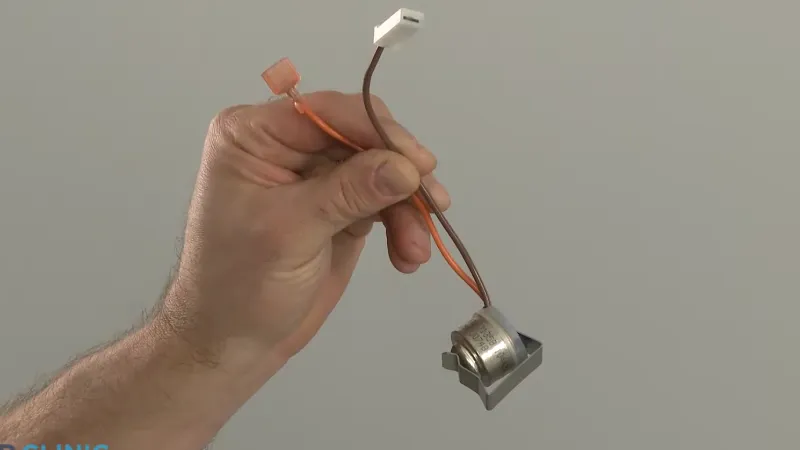
A clogged defrost drain can cause water to accumulate and freeze, while a malfunctioning defrost timer can prevent the defrost cycle from starting.
Tips for Troubleshooting and Solving the Issue
To troubleshoot and solve a defrost problem, you can start by checking the defrost thermostat, heater, drain, and timer. You can also check the settings on the defrost timer and adjust them if necessary.
If you suspect a problem with the defrost thermostat, you may need to replace it. If the defrost heater is not functioning properly, you may need to replace it. If the defrost drain is clogged, you may need to clean it out.
If the defrost timer is not functioning properly, you may need to replace it.
In conclusion, a defrost problem is a common issue that can arise with refrigerators. By following the tips outlined above, you can troubleshoot and solve the issue and ensure that your refrigerator is running efficiently and effectively. If you are unsure about the cause of the problem, or if you are unable to solve it, it is always best to call a professional to diagnose and repair your refrigerator.
Problem 3: Water Leakage
Water leakage in a refrigerator can be a cause for alarm. It not only wastes water, but it can also cause damage to your kitchen floor and create an unsanitary environment. The issue is often caused by a blocked defrost drain or a clogged or frozen water supply line.
If your refrigerator is leaking water, it is crucial to resolve the issue as soon as possible to prevent further damage.
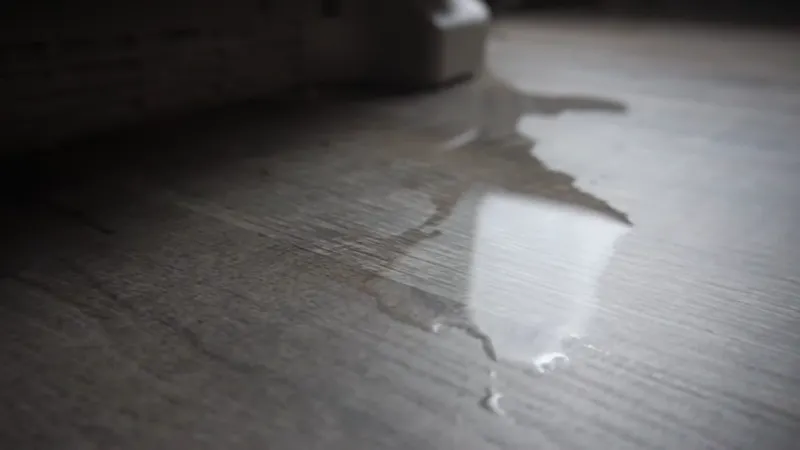
Possible Causes
Blocked Defrost Drain
The defrost drain can become blocked with food particles, debris, or ice, causing water to accumulate and eventually leak from the unit.
Clogged or Frozen Water Supply Line
If the water supply line is clogged, water may not be able to flow freely, leading to a leak. If the line is frozen, it can cause a blockage and eventually lead to a leak.
Tips for Troubleshooting and Solving the Issue
Check the Defrost Drain
You can access the defrost drain from inside your freezer. If you see that it is clogged or blocked, use a long, thin object to clear the blockage.
Inspect the Water Supply Line
Check the water supply line for clogs or frozen areas. If you see any blockages, remove them and ensure that the water is flowing freely.
Call a Professional
If you are unable to resolve the issue on your own, it is best to call a professional appliance repairman. They will have the necessary tools and expertise to identify the root cause of the leak and fix it.
In conclusion, water leakage in a refrigerator can be a frustrating and damaging issue, but with the right knowledge and tools, it can be easily resolved. It is important to keep an eye on your refrigerator for any signs of a leak and address the issue promptly to prevent further damage.
Problem 4: Strange Noises
A strange noise coming from your refrigerator is never a good sign. This is a common problem that can indicate a mechanical issue with your appliance, which can impact its cooling efficiency.
Some of the common noises you may hear include buzzing, clicking, humming, and knocking.
Possible Causes
The source of the strange noises can vary, and can range from an issue with the fan to a problem with the compressor. A malfunctioning fan, for example, can produce buzzing noises, while a faulty compressor can cause knocking sounds. The sound of clicking could be a sign of an issue with the defrost system, while humming could indicate a problem with the motor.
Tips for Troubleshooting and Solving the Issue
To solve the problem of strange noises in your refrigerator, you should follow these steps:
Identify the Source of the Noise
Open the refrigerator door and listen carefully to the sound. Try to determine if the noise is coming from the front, middle, or back of the appliance.
Check the Fan Blades
If the noise is a buzzing sound, it’s likely that the fan blades are hitting something. To fix this problem, simply clean the fan blades to remove any debris.
Look for Signs of Wear and Tear
Check the compressor, fan, and other components for signs of wear and tear. If you see any damage, it’s likely that the part will need to be replaced.
Call a Professional
If you’re unable to resolve the problem on your own, it’s time to call in a professional. An experienced refrigerator repair person will be able to diagnose the problem and make any necessary repairs.
Strange noises from your refrigerator can indicate a mechanical issue with the appliance, which can impact its cooling efficiency. To resolve the problem, you should identify the source of the noise, check for signs of wear and tear, and call a professional if necessary.
Problem 5: Refrigerator Light Not Working
A refrigerator light not working can be a frustrating issue, as it can make it difficult to see what’s inside the fridge. When the light goes out, it can indicate a larger problem that needs attention.
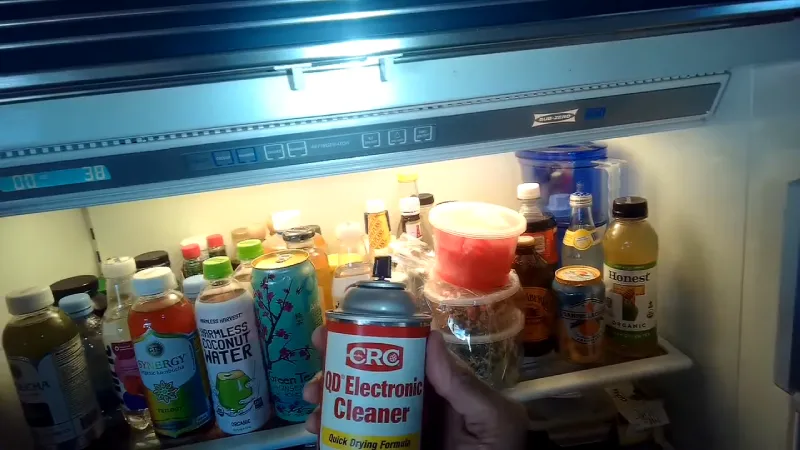
Possible Causes
There are several common causes for a refrigerator light not working, including:
- Burned-out bulb
- Faulty wiring or switch
- Power outages or electrical surges
- A blown fuse
Tips for Troubleshooting and Solving the Issue
Before calling a repair technician, you can try some of the following steps to troubleshoot and solve the issue:
- Check the bulb: The first step is to check the bulb, as it might have burned out. If the bulb is broken or burned out, simply replace it with a new one.
- Check the wiring and switch: Check the wiring and switch to make sure they are working properly. If the wiring is frayed or the switch is faulty, it may need to be replaced.
- Check the fuse: If there is no power to the light, check the fuse to see if it needs to be replaced.
- Check for power outages: If there is no power to the light, it could be due to a power outage or electrical surge. If this is the case, wait until the power is restored, and then check the light again.
If none of these steps solve the problem, it’s best to call a repair technician for further assistance. They can diagnose and repair the issue and get your refrigerator light working properly again.
Problem 6: Insufficient Current or Voltage
One of the most common reasons for a refrigerator to not start is insufficient current or voltage. This means that the appliance is not getting the power it needs to run properly. If your refrigerator is not starting, it may be due to a lack of electrical power.
Possible Causes
There are several possible causes for insufficient current or voltage to a refrigerator. The first is a tripped circuit breaker. If the breaker is tripped, the power to the appliance will be cut off. Another common cause is a blown fuse.
If the fuse is blown, it will need to be replaced in order to restore power to the refrigerator.
Tips for Troubleshooting and Solving the Issue
To troubleshoot this problem, you should first check the circuit breaker and replace any blown fuses. If the circuit breaker or fuse is not the issue, you should check the power supply to the refrigerator.
You may need to call an electrician to check the wiring and voltage to your appliance. If you determine that the issue is not with the electrical power, you may need to call a professional refrigerator repair technician to diagnose the problem and make any necessary repairs.
In summary, insufficient current or voltage is a common issue with refrigerators and can be caused by a tripped circuit breaker, a blown fuse, or a problem with the power supply. If you are experiencing this issue, it is important to troubleshoot the electrical components of your appliance and, if necessary, seek professional assistance from a repair technician.
Problem 7: Dirty Condenser Coils
The condenser coils play a crucial role in the functioning of a refrigerator by releasing heat that is generated by the refrigeration process. Dirty condenser coils can lead to several problems including inefficient cooling, increased energy consumption, and shorter lifespan of the appliance.
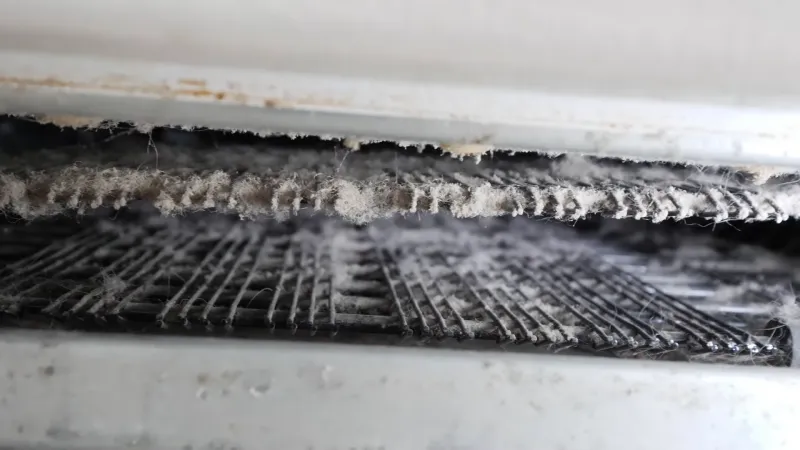
Possible Causes
Condenser coils can get dirty due to a buildup of dust, pet hair, and other debris over time. Poor ventilation around the coils can also contribute to the accumulation of dirt.
Tips for Troubleshooting and Solving the Issue
To fix this problem, you can follow these steps:
- Turn off the power: Before cleaning the coils, make sure to turn off the power to the refrigerator to avoid any electrical hazards.
- Locate the coils: The condenser coils are usually located at the back or bottom of the refrigerator.
- Clean the coils: Use a soft brush or vacuum to clean the coils and surrounding area. Make sure to remove any debris that has accumulated near the coils.
- Check the fan: Make sure the fan that circulates air over the condenser coils is functioning properly and is not obstructed by debris.
Re-assemble the Refrigerator
After cleaning the coils, put the refrigerator back together and turn it back on. Check for proper cooling and energy efficiency.
It is recommended to clean the condenser coils at least once a year to ensure efficient operation of the refrigerator. If you are unsure about the process or encounter any difficulties, it is best to call a professional appliance repair service.
Final Words
Refrigerators are an important appliance in every household, but like any other home appliance, they can also experience problems that require repairs. The 7 common refrigerator repair problems outlined in this article, including insufficient cooling, defrost problems, water leakage, strange noises, light not working, insufficient current or voltage, and dirty condenser coils, are some of the most common issues that homeowners face.
To keep your refrigerator functioning smoothly and avoid costly repairs, it is important to conduct regular maintenance and inspections. By troubleshooting these problems early and seeking the help of a professional repairman when necessary, you can ensure your refrigerator stays in top condition and continues to keep your food and drinks at optimal temperatures.

